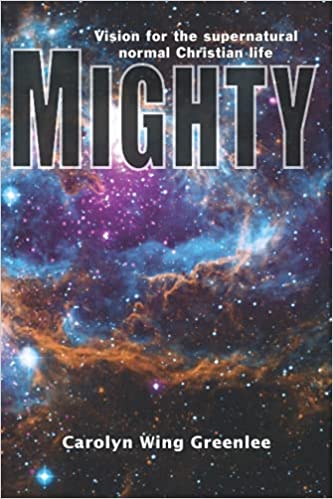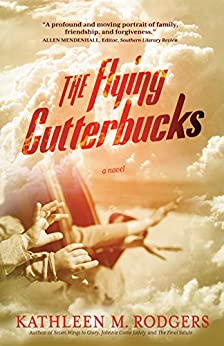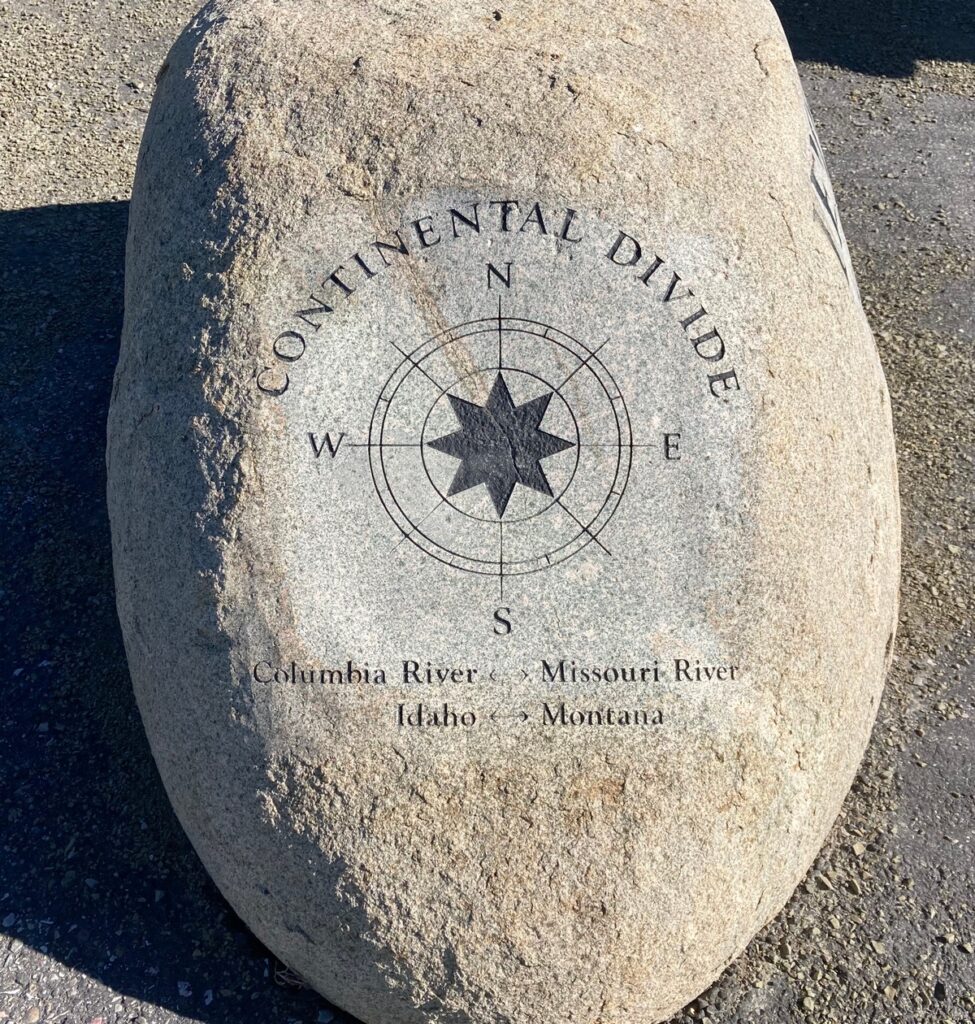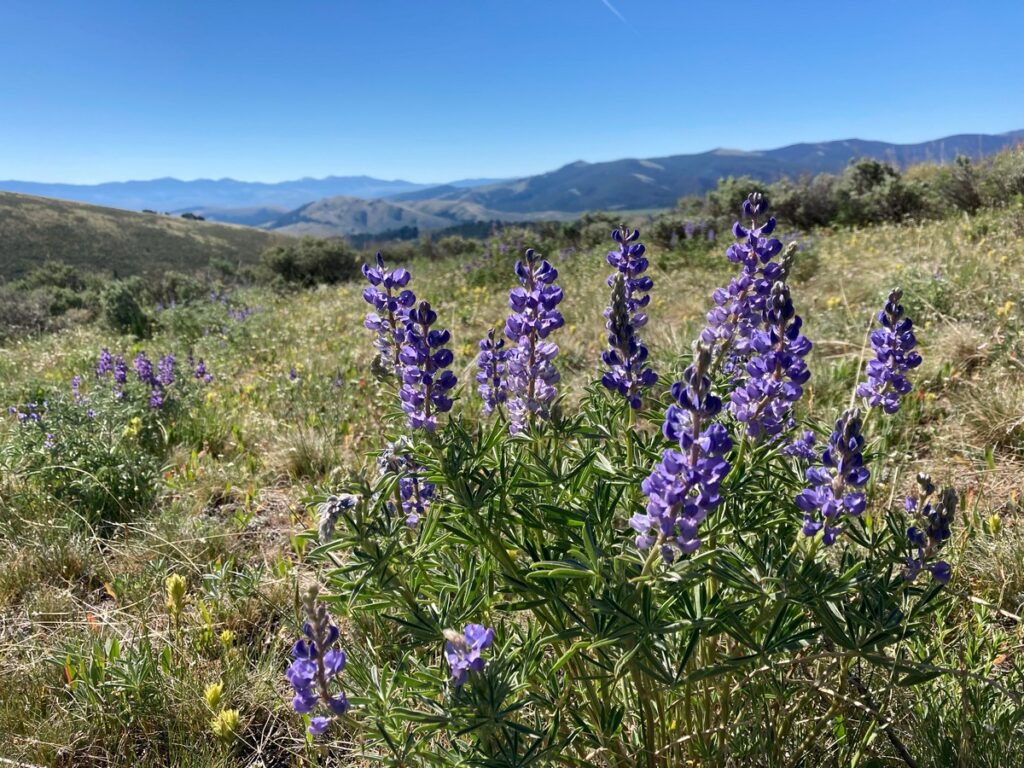
The Caballero’s Son, an action-packed historical fiction novel by Anne Schroeder, takes place in 1850s California.
Miguelito Robles is a mixed-blood outcast in his own land. His mother was a Native Indian; his deceased father, whom he never knew, a Spanish caballero. As a young man, he is infatuated by a highborn Spanish girl, Elena. While at her family rancho, he’s involved in a scuffle and stabs another young man to death, resulting in a life on the run, alone with nothing but his magnificent horse as a companion.
While on the road Miguelito meets Tiburcio Vásquez and joins his group of tough banditos. The group raids American settlers— gringos—who are confiscating land from the Spanish and native peoples.
Along the way, Miguelito again encounters Elena at a wedding fiesta where she is being forced to marry a much older portly groom. The act of saving her results in severe consequences. In the meantime the raids continue. Unfortunately the courts favor the American intruders over Spanish landowners, leaving the Californios without their own land, political power or social influence, so there is no true justice. The law pursues the desperados from what is now known as Los Angeles to San Jose. In the meantime, Miguelito and Elena have found love and have a son. A bandito’s life is no longer appealing, but how can he leave Vásquez who has given him so much?
The Caballero’s Son, the sequel to Maria Inés, is a passionate story of little understood California history. While reading it, I researched the real life of Tiburcio Vásquez who was a California bandito from 1854 to 1874. This fact added to my pleasure in reading this latest Schroeder novel. The story comes to life with a compelling plot, vivid descriptions of California landscapes, and authentic depictions of period food and clothing.











